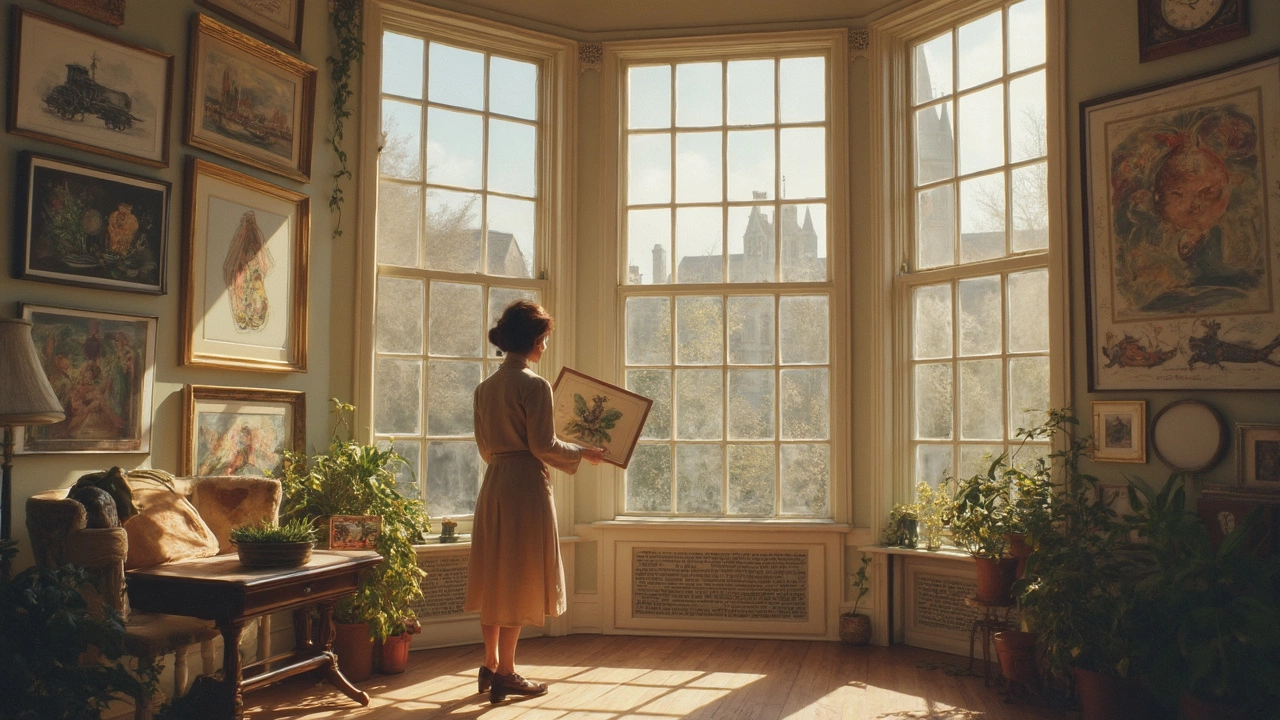Art Reproduction: What It Is and Why It Matters
When you love a painting but can’t afford the original, a reproduction is the next best thing. It’s a high‑quality copy that looks and feels like the real deal, letting you enjoy famous works at home or in a gallery without breaking the bank. Reproductions also help artists reach a wider audience, letting fans own a piece of their style. The key is knowing which type of reproduction fits your needs and how to keep it safe.
Printing Methods: From Giclee to Canvas
Today most reproductions are made with digital printing, and the two most common techniques are giclee and canvas prints. Giclee uses an inkjet printer that sprays microscopic droplets of pigment onto archival paper. The result is sharp detail, vibrant colour, and a finish that can last decades if you store it right. Canvas prints, on the other hand, stretch the image over a cotton or polyester canvas and then coat it with a protective varnish. They mimic the look of a painted work and are ready to hang straight out of the box.
Both methods have pros and cons. Giclee is great for fine‑detail works like sketches or watercolours because it reproduces the subtle gradations of tone. Canvas is ideal for bold, colourful pieces where texture adds visual interest. When picking a printer, ask about the ink type—archival pigment inks are a must for longevity. Also, check the paper or canvas weight; heavier stock resists warping and feels more professional.
Keeping Your Reproductions Safe and Valuable
Even the best reproduction can lose its charm if you don’t treat it right. First, frame it behind UV‑filtering glass. Sunlight can fade pigments in as little as a few months, while UV glass blocks most of that damage. Second, control humidity. Aim for 45‑55% relative humidity and avoid basements or attics where moisture spikes. A simple dehumidifier does wonders.
Authenticity matters too. Look for certificates of authenticity or signed statements from the artist or print studio. Reputable sellers will include details like the edition number (e.g., 12/100) and the printing date. These clues help you avoid cheap knock‑offs and protect resale value. If you plan to sell later, keep all paperwork in a safe place—it’s often the deciding factor for collectors.
Finally, handle your prints with clean hands or cotton gloves. Oil from your skin can attract dust and cause discoloration over time. When you need to clean the surface, use a soft, dry microfiber cloth; never spray cleaners directly onto the artwork.
Whether you’re a first‑time buyer or an experienced collector, understanding the basics of art reproduction lets you make smart choices. Pick the right printing method, protect the piece from light and moisture, and verify its authenticity. With a little care, your reproductions will look stunning on your wall and stay beautiful for years to come.

10 Feb 2025
Exploring the distinction between art prints and regular prints can be a real eye-opener for art enthusiasts and buyers. An art print holds unique value due to the artist's involvement in its creation, whereas a print is often mass-produced and less personal. By understanding the nuances, you can make better-informed decisions for your art collection. Learn what sets art prints apart and why they might be the more treasured option.
Continue reading...
